Published 28 Sep 2025
Best AI Tools for Beginners in Crypto, Stocks, and ETFs
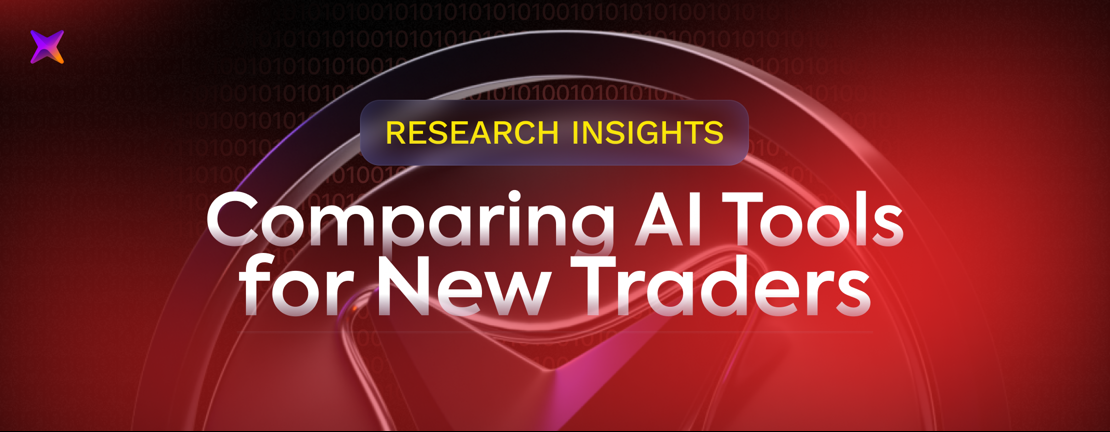
Artificial intelligence has reshaped the way newcomers enter financial markets. Today, algorithmic trading drives more than half of daily activity across crypto exchanges, stock markets, and ETF products. What was once the domain of hedge funds and institutional desks is now available through consumer-facing platforms.
AI tools can scan millions of data points — from price action in Bitcoin to earnings reports from S&P 500 companies or capital flows in ETF baskets — and deliver structured insights in real time. For beginners, this means easier entry across multiple markets without learning every detail of technical analysis or portfolio construction.
Still, not every AI investing platform is built the same. Some focus on fast-moving equity trades, others on broader portfolio management, and a few bring crypto directly into the mix. For a first-time investor, the challenge is not finding an AI tool, but identifying one that matches personal goals and risk tolerance.
This article reviews five platforms often recommended to beginners — Trade Ideas, TrendSpider, AInvest, Magnifi, and Danelfin. Each takes a different approach to AI-driven analysis, and each has a distinct balance of usability, asset coverage, and learning curve.
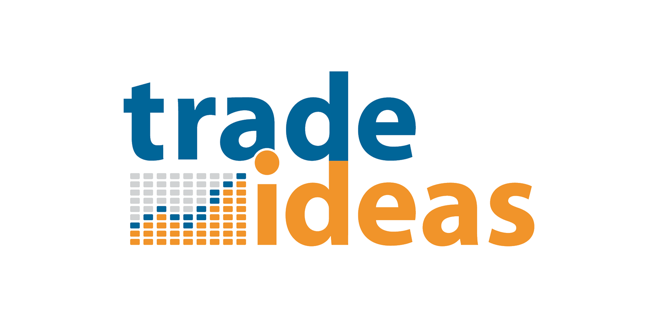
Trade Ideas
Founded in 2003, Trade Ideas is one of the longest-running AI trading platforms in the retail space. Its reputation comes from combining real-time market scanning with an AI assistant named Holly, which simulates millions of strategies daily and highlights the ones with the best statistical edge.
For beginners, the platform offers a structured way to understand market setups. Holly’s signals appear directly on charts, making it easier to connect a trading idea with visible price action. Features such as backtesting, paper trading, and integration with select brokers allow users to test ideas in a safe environment before moving to live trades.
Where Trade Ideas shines is in equities — day trading U.S. stocks remains its strongest use case. However, it also includes dedicated channels for pre-market moves, social sentiment, and even cryptocurrency. This gives new traders exposure to multiple asset classes, though the depth in crypto is not as strong as in equities.
The learning curve is a consideration. Trade Ideas has a desktop-first design that feels powerful but can overwhelm beginners. Its interface can appear dated compared to newer tools, and broker connectivity remains limited. On the other hand, the educational resources are extensive, ranging from webinars to structured “TI University” courses, which help reduce the barrier to entry.
RateX Research view:
Trade Ideas is best for new investors who lean toward active trading, especially in stocks and ETFs. Crypto coverage exists, but it is secondary. Those looking for a fast-paced, scanner-driven approach will find strong value here, while long-term investors or crypto-focused users may find other platforms more aligned with their needs.
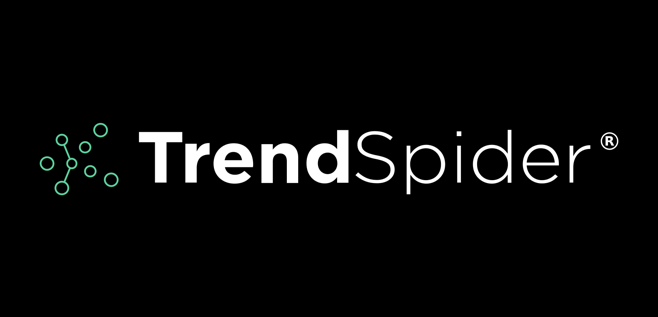
TrendSpider
TrendSpider was built to automate the technical analysis process and reduce the time traders spend drawing lines, testing strategies, and scanning charts. Its main innovation is the AI Strategy Lab, which allows users to design and test trading models without writing code. Beginners can set goals, choose markets — from U.S. stocks and ETFs to crypto pairs and forex — and let the platform generate strategies using machine learning methods.
Another strength is automated charting. The system can plot thousands of trendlines, highlight support and resistance levels, and overlay signals from multiple timeframes on a single chart. This multi-timeframe analysis helps beginners see both short-term patterns and long-term structures without switching views.
TrendSpider also includes a flexible scanner that draws on diverse data sources. Beyond price action, it can incorporate analyst ratings, insider transactions, or dark-pool activity, which are more common in stock and ETF markets. Crypto data is supported as well, though with fewer fundamental indicators.
The platform is feature-rich, but that also means it can feel complex for a beginner. It does not directly connect to brokers for order execution, which makes it better suited for research and preparation than live trading. For users focused on crypto, TrendSpider offers charting and signals but not the same breadth of ecosystem data as it does for equities.
RateX Research view:
TrendSpider works best for users who want to learn structured analysis and test strategies across multiple markets before committing capital. It offers one of the most advanced environments for stock and ETF analysis, with crypto support as a secondary option. Beginners willing to invest time into mastering its tools can use it as a strong bridge between manual charting and AI-assisted trading.

AInvest
AInvest positions itself as an AI-powered investment assistant designed to feel accessible from day one. At its center is Aime, a conversational AI that can answer plain-language questions about stocks, ETFs, or cryptocurrencies. Instead of navigating complex menus, beginners can ask things like “What are today’s strongest crypto signals?” or “How has Tesla performed compared to the S&P 500?” and receive structured insights.
A key differentiator is Broker Connect, which aggregates multiple brokerage accounts into a single dashboard. This gives users a complete view of their positions and allows portfolio analysis with AI-generated insights. Beginners can see how different assets — Bitcoin, ETFs, or tech stocks — interact within the same portfolio and receive suggestions for diversification or risk management.
Beyond conversation and portfolio tracking, AInvest adds technical tools such as customizable charts, AI-generated trade signals, and screening filters that cover both fundamentals and technicals. Features like Magic Portfolio (for optimization) and Magic Signal (for algorithmic alerts) are designed to guide users through daily trading decisions across asset classes.
The platform emphasizes usability. AInvest is available on both web and mobile, with some advanced features appearing on mobile first. This makes it appealing for users who trade or monitor portfolios on the go. However, heavy reliance on AI outputs can also be a drawback, since beginners may take signals at face value without developing their own judgment.
RateX Research view:
AInvest is well-suited for new investors who want a conversational entry point into multiple markets. Its crypto support is stronger than older stock-focused platforms, making it attractive for users exploring both digital assets and traditional securities. Still, beginners should balance AI-driven suggestions with a basic understanding of market principles.
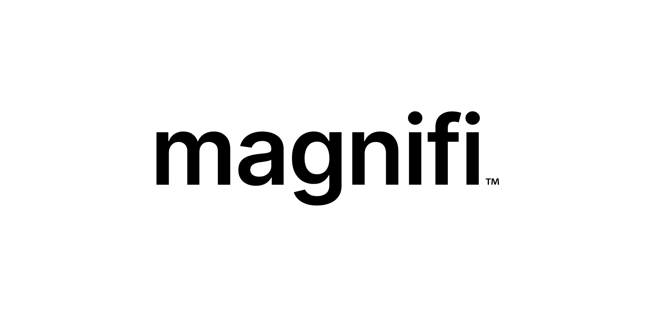
Magnifi
Magnifi approaches investing through a chat-first interface, aiming to make market research feel as simple as texting. Instead of navigating dashboards or setting up scanners, users can type natural questions such as “What happens if I add Ethereum to my portfolio?” or “How much Apple do I already own?”. The system, powered by large language models, responds with structured analysis in plain language.
The platform also focuses on multi-account integration. Investors can link brokerage accounts from dozens of providers — including mainstream firms like Fidelity or Robinhood — to get a combined portfolio view. Magnifi then runs health checks to spot risks, hidden fees, or overexposure, offering suggestions for better balance.
Unlike traditional screeners or charting platforms, Magnifi leans on portfolio-level insights. Its search engine covers thousands of stocks and funds, while crypto is supported mainly at the portfolio-analysis layer rather than through deep technical indicators. For beginners, this means less focus on intraday trading and more guidance on long-term positioning.
Magnifi also allows commission-free trading and fractional shares, lowering the barrier to entry for new investors who want to start small. At the same time, the simplicity of the chat model can limit depth — advanced traders may find the lack of technical controls restrictive.
RateX Research view:
Magnifi works best for beginners who want straightforward answers and a unified picture of their investments across accounts. It is stronger in stocks and ETFs than in crypto, where analysis is limited, but its ease of use makes it one of the more accessible AI investing platforms for first-time users.
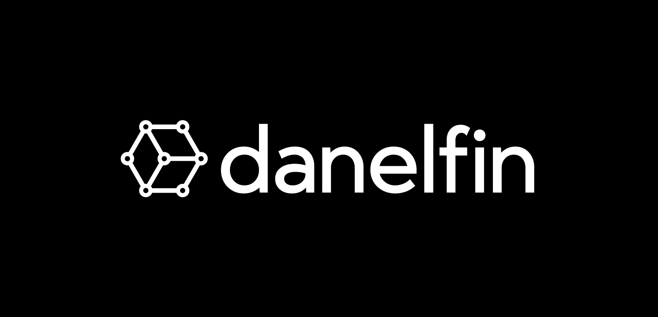
Danelfin
Danelfin takes a different approach by using Explainable AI to rank stocks and ETFs. Instead of delivering opaque “black box” signals, it generates an AI Score from 1 to 10 that reflects the probability of an asset outperforming or underperforming over the next three months. Historical backtests suggest that high-score stocks have tended to outperform benchmarks, while low-score ones often lag.
The platform analyzes over 900 daily indicators for each security, covering technical factors like momentum oscillators, fundamental data such as earnings growth, and sentiment inputs like analyst targets or insider activity. These are then translated into “alpha signals”, patterns linked with past outperformance.
Transparency is a core feature. Users can see the drivers behind each score, making the insights easier to interpret compared to opaque signal-based systems. For beginners, this explainability reduces the risk of blindly following AI suggestions.
Danelfin focuses primarily on U.S. and European equities and ETFs. Crypto coverage is absent, which limits its relevance for those seeking a cross-market tool. Still, for stock-focused investors, it provides a structured way to prioritize research and monitor portfolio changes through score alerts.
RateX Research view:
Danelfin is best suited for beginners who want data-backed, medium-term investment ideas in stocks and ETFs. Its lack of crypto integration makes it less versatile, but its clarity and transparency make it a valuable learning tool for users who prefer to see why a recommendation is made.
Conclusion
AI-driven platforms are changing how beginners approach investing. They reduce the complexity of analyzing markets, provide structured entry points, and open access to tools once reserved for professionals. But each platform takes a different path — and each aligns with a different type of investor.
Trade Ideas remains strongest in active stock and ETF trading, with crypto as a secondary focus. TrendSpider offers deep technical analysis and strategy testing across multiple markets but demands time to master. AInvest brings crypto more firmly into the mix, presenting a conversational assistant that lowers the barrier for multi-asset investing. Magnifi emphasizes simplicity and unified portfolio views, with stocks and ETFs at the center. Danelfin prioritizes transparency in stock and ETF predictions, though it does not extend into digital assets.
For newcomers, the choice depends on goals. Day traders may lean toward Trade Ideas or TrendSpider. Those interested in a broad portfolio that includes crypto may prefer AInvest. Beginners seeking plain-language guidance and consolidated accounts may find Magnifi most useful. Data-driven investors focused on equities may see value in Danelfin’s scoring system.
RateX Research takeaway:
AI platforms are not replacements for learning market basics. They are accelerators — tools that can help beginners navigate crypto, stocks, and ETFs with more structure and less noise. The most effective approach is combining these insights with personal judgment, building both confidence and discipline in decision-making.
Read More




 Get RateX Pro
Get RateX Pro

 06 Jun 2024
06 Jun 2024
